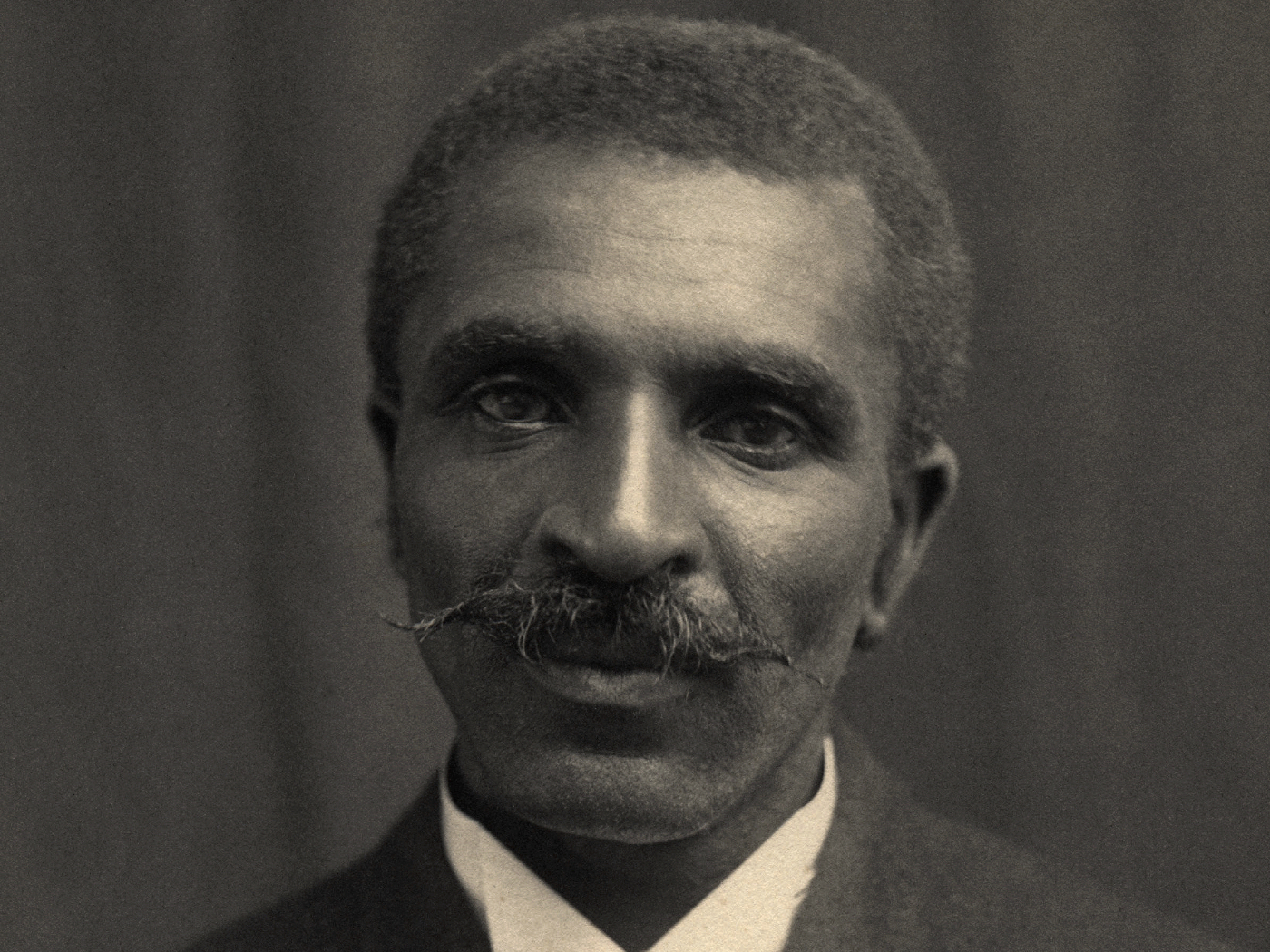“And the children of Israel were fruitful, and increased abundantly, and multiplied, and waxed exceeding mighty; and the land was filled with them” (Exodus 1:7).
Populations can grow very rapidly. For example, one can calculate that the seventy who came into Egypt with Jacob (Genesis 46:27) could easily have multiplied to over five million in just ten generations, assuming only that the average family had six children who lived and reproduced, and that only two generations were living contemporaneously at any one time. This was less than half the number in Jacob’s immediate family. The actual count of the grown Israelite men (not including the tribe of Levi) who left Egypt with Moses was “six hundred thousand and three thousand and five hundred and fifty” (Numbers 1:46). The total population was probably between two and three million at the time.
This illustrates how rapidly populations can grow when conditions are favorable. In fact, if a simple geometric growth rate is assumed (which was the assumption made by Charles Darwin in relation to his imagined “struggle for existence” in nature), it would only take about 1100 years—assuming 35 years per generation—to develop the present world population of six billion people. Immediately after the Flood, with only eight people and the whole world before them, with long life spans still prevailing, and with every incentive to have large families, the population surely would have grown explosively. Yet the average annual growth rate since the Flood need only have been one-fourth the present growth rate to produce the world’s present population in the 4000 years (minimum) since that time.
All of which indicates that the evolutionary scenario, which assumes that human populations have been on the earth for about a million years, is absurd. The whole universe could not hold all the people! HMM













